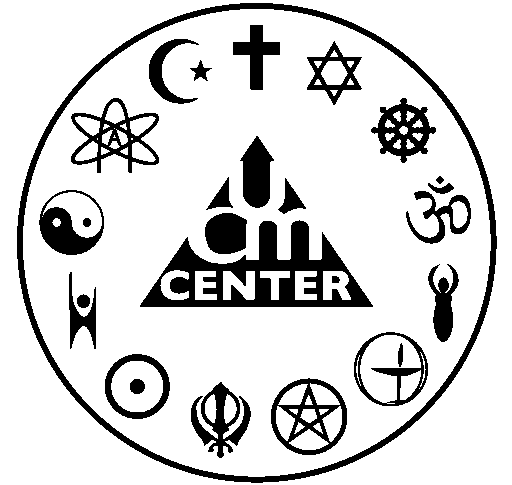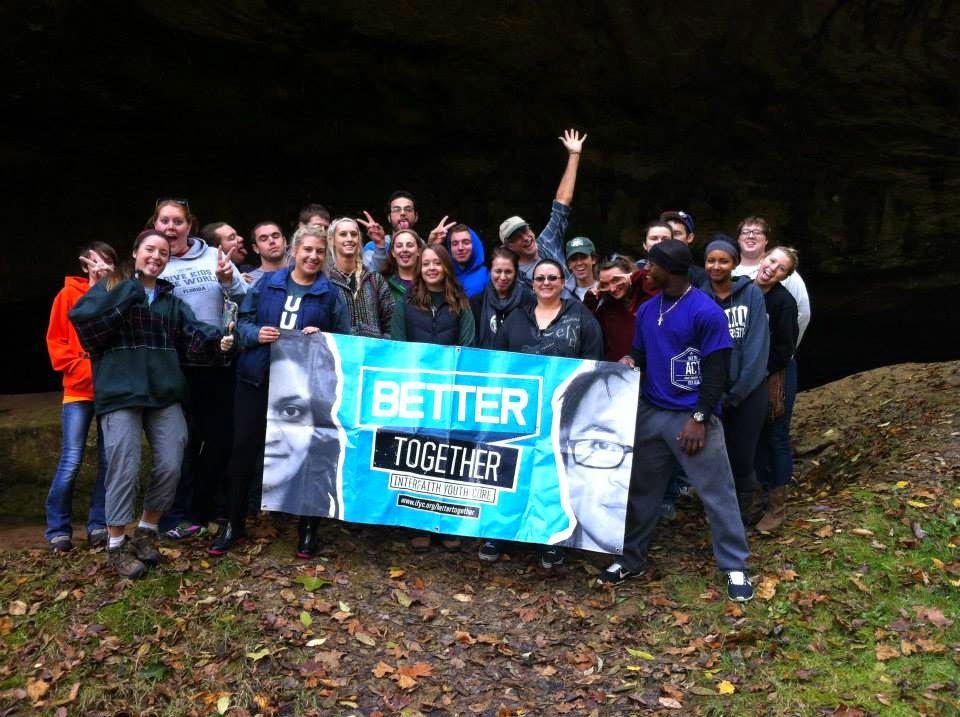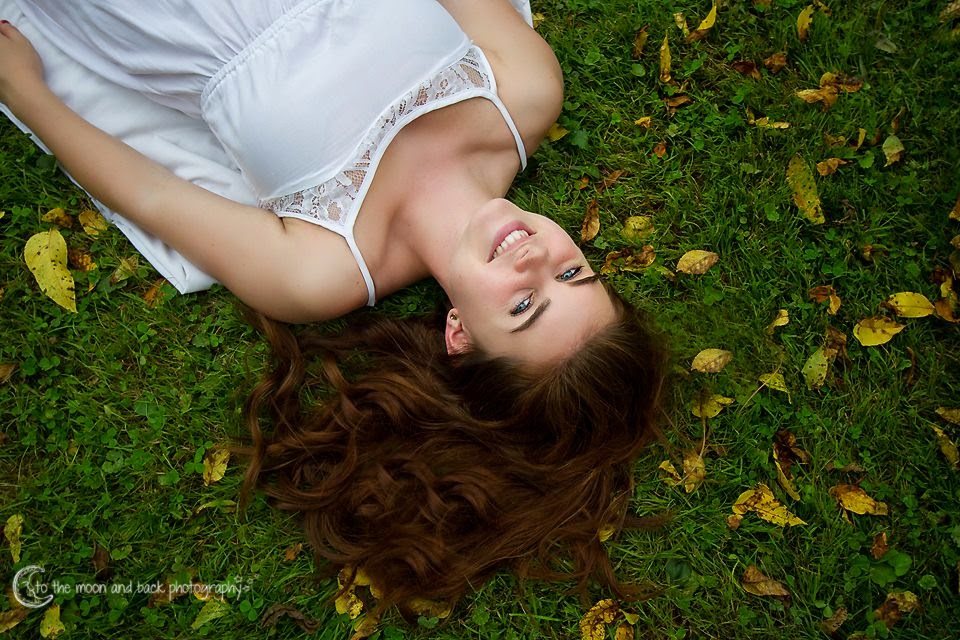We are excited to be sending two more Bobcats to Interfaith Youth Core’s Leadership Institute in Chicago next month! We look for these students to come back inspired and equipped… Continue reading OU Students are Interfaith Leaders!
Category: Better Together
BT Watershed Project crew!
Better Together at OU took 20+ students out with Monday Creek Watershed Restoration Project to clear access to a doser facility treating acid mine drainage.
CULTIVATE PEACE – by Rev. Evan Young
Published by Interfaith Youth Core on Oct. 16, 2014 Just as the Better Together team at Ohio University was getting back to campus and getting their feet under them for… Continue reading CULTIVATE PEACE – by Rev. Evan Young
Interfaith Peace Walk
My name is Mackenzie Kistler and I am the author of this blog. I am a Freshman at Ohio University looking to major in Strategic Communication. This is my first… Continue reading Interfaith Peace Walk
THE POWER OF INTERFAITH COOPERATION AND ACTION!
THE POWER OF INTERFAITH COOPERATION AND ACTION ~ 2013-14 BETTER TOGETHER COORDINATOR KRISTA MOBLEY KRISTA MOBLEY @ THE BETTER TOGETHER KICKOFF I never thought about the power of an interfaith… Continue reading THE POWER OF INTERFAITH COOPERATION AND ACTION!



